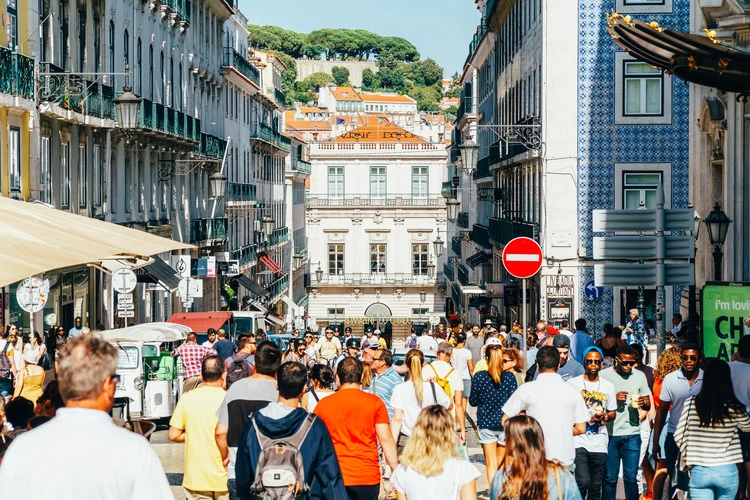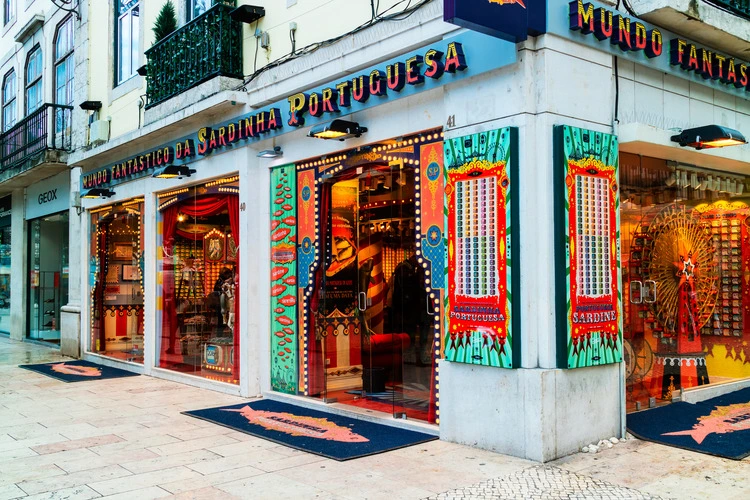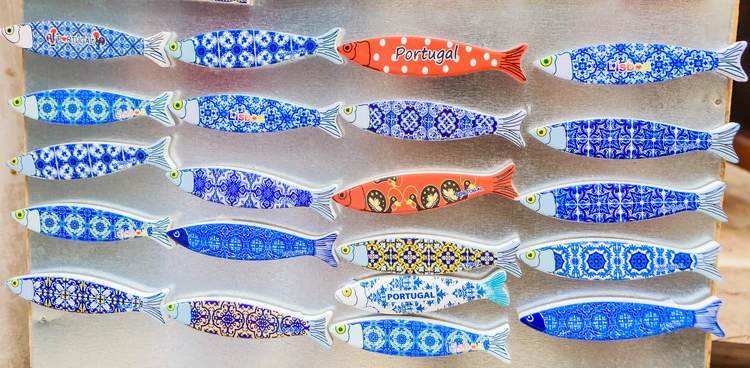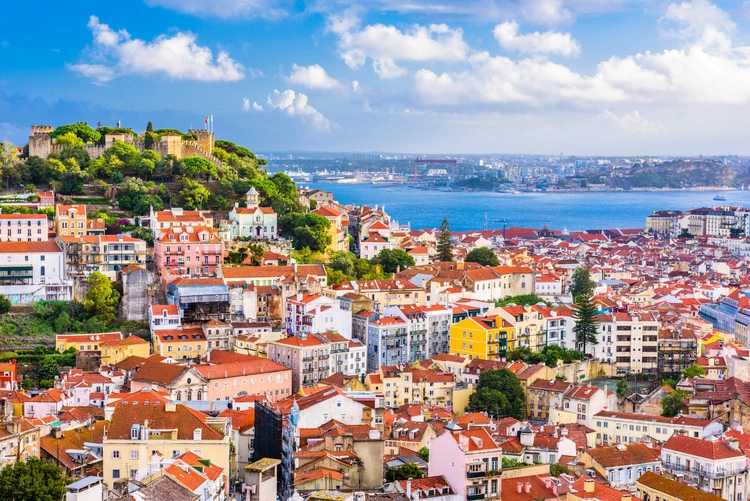


As tourism to Lisbon booms, Andrew Brooks looks at how the city must balance globalisation alongside its local communities
If you’ve visited Lisbon or anywhere in Portugal in recent years, then you will have encountered sardines. In the gift shops, there are plastic sardine keyrings, garish T-shirts and stuffed toys. In specialist emporiums, neat rows of metallic cans gleam under bright lights. In restaurants, waiters arrive with platters of grilled fish. The sardine has become a symbol of the Portuguese capital, but this tradition is a recent invention.
In 2003, the municipal council ran a competition to design a new symbol for the city. A young designer, Jorge Silva, went down to the local market, bought a sardine, returned to his office, slapped it whole on a flatbed scanner and submitted the digital rendering. Job done. To his surprise, the nomination of a simple sardine shape won the competition. From that point onwards, the council promoted the fish as an emblem of the city.
Enjoying this article? Check out our related reads:
The silhouette became a blank canvas for design and creativity. Every year, the municipal cultural agency runs new contests for sardine-based images and the winning entrants are reproduced as sardine shapes decorated in bright colours and innovative illustrations. Some draw attention to urgent social and environmental issues such as migration, overfishing and ocean pollution.
Others are joyful celebrations of urban life, with festivals, beer bottles and sunbathers. Alongside the official campaign, the motif was picked up by souvenir sellers eager to capitalise on the new association. Small sardine keepsakes became the mainstay of their shelves. Most enterprising were the specialist canned fish stores that emerged. Whole shops are devoted to tinned fish.

The city’s lively embrace of the sardine symbol has coincided with a boom in tourism. In becoming part of the material culture of Lisbon, the fish have helped entice new arrivals by projecting an image of urban life as fun and making Portugal’s maritime heritage and seafood-based cuisine more accessible.
Visitor numbers have increased from 1.7 million in 2003 to around six million today. Alongside tourists, new arrivals – in the form of international students, retirees from northern Europe, digital nomads working from their laptops and second-home owners – have also brought investment and diversity to Lisbon.
Less visible and celebrated has been an underclass of low-income migrants from Africa, south Asia and Brazil, who perform the service roles that support the economy.

The past year was momentous for Portugal. It celebrated 50 years since the fall of the Estado Novo dictatorship. In 1974, soldiers staged a peaceful carnation revolution, named for the red flowers well- wishers placed in riflemen’s weapons. A far-right regime gave way to a liberal democracy. In time, Portugal would join the EU and enjoy a sustained period of economic development and social progression. Half a century later, 200,000 people commemorated the anniversary on the streets of Lisbon.
Despite the enthusiasm for Portugal’s social transformation, this moment of celebration came alongside a tumultuous period for Portuguese democracy.
On 10 March 2024, Chega, a far-right populist party, had its most successful election, going from 12 to 50 seats in the 230-seat parliament. While the party isn’t a direct descendant of the Estado Novo regime, it’s surely no coincidence that its slogan – ‘God, country, family and work’ – clearly echoes that of the past fascist government’s ‘God, country, family’.
Chega has capitalised on discontent around immigration and inequality; its popularity reflects a reaction against liberalism, immigration and a simmering housing crisis.
In Lisbon, the sardines, the tourists and the migrant population have changed the city, but some argue that this has gone too far, and the urban centre is now orientated towards a global rather than a local audience.
The challenges that Lisbon faces in balancing globalisation and local culture are familiar to many tourist hotspots; the answer can never be to swing back in the direction of the oppressive regimes of the past but instead to channel the creativity of the next Jorge Silvia.

The challenge is no longer to bait the tourist hook but to hold on to what is distinct and important about Portugal.
The local council fostered the tourism boom through policies, including promoting the sardine; it’s now time to recognise its vital role in addressing urban inequality. Today, rather than colourful fish-shaped signs, it needs a new creative force or innovative policymaker that can enable the city to be more livable for both residents and recent arrivals.




